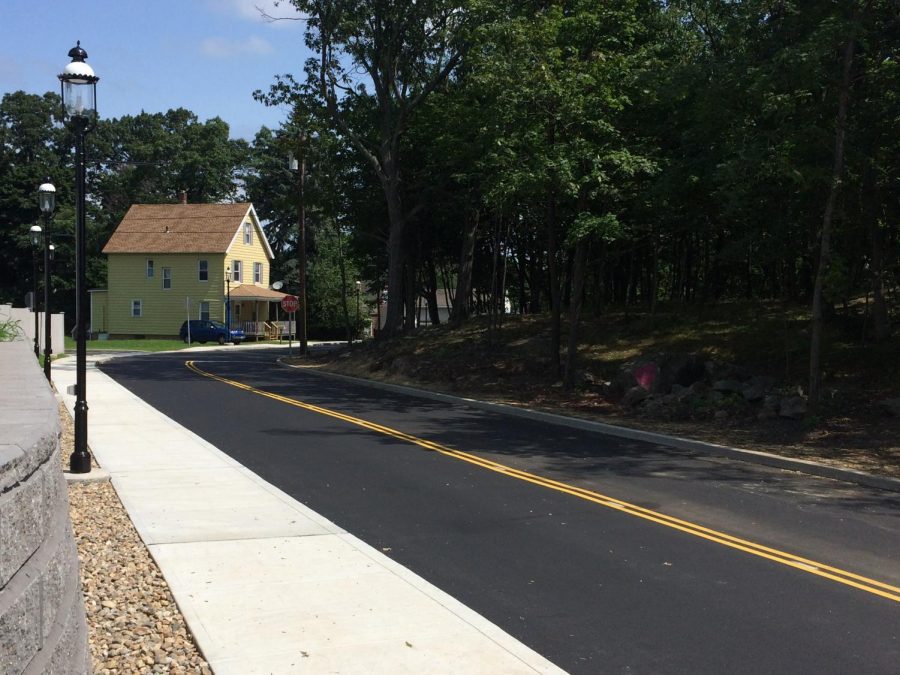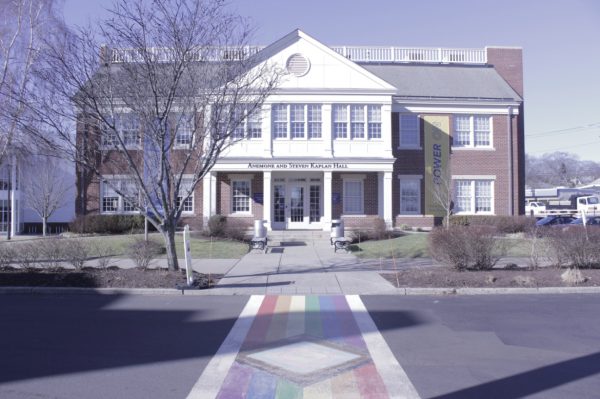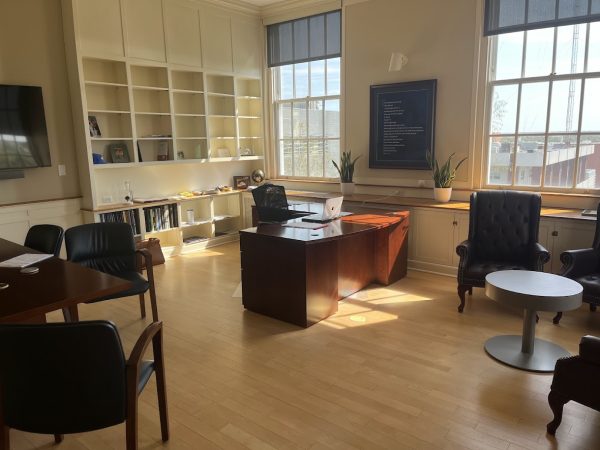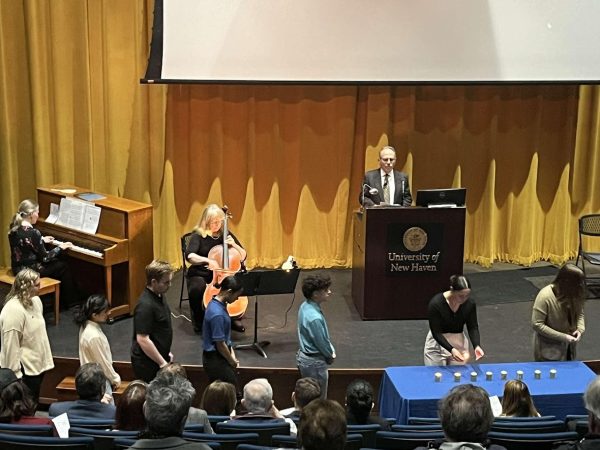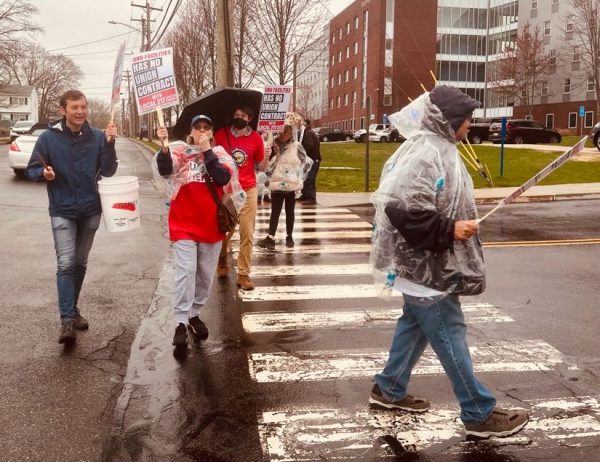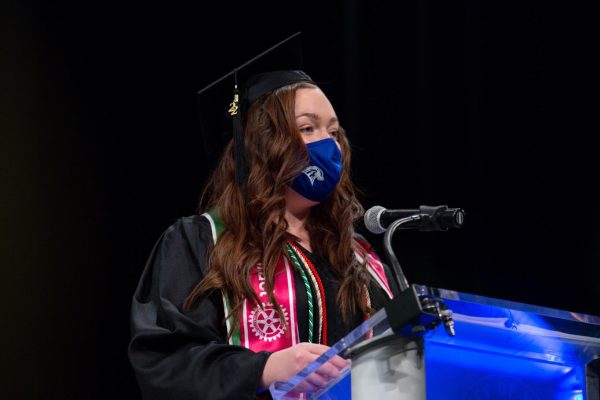University Introduces New Parking Plan
For the first time in 40 years, the University of New Haven is building an academic building in the center of campus. Known as the Bergami Center for Science, Technology, and Innovation, this building will, in the words of university president Stephen Kaplan, aim to enhance “the quality of our community.”
But what does that mean for university parking?
The Bergami Center is being built in an area that was once a large parking lot behind Buckman Hall. This, coupled with the university’s initiative to create more “green spaces” on campus, led to the erasure of approximately 200 parking spaces on campus.
With this drastic decrease in on-campus parking, students were left to wonder just how the university planned on creating space for residential and commuter students.
Ronald Quagliani, associate vice president of the department of public safety and administrative services said that there have been talks among the university’s facility planning team to “green up” and increase campus safety for the past couple of years.
“We deal with not only renovations to buildings, but we deal with strategic initiatives,” said Quagliani. “One of our strategic initiatives was to make the campus safer, and that would require us to move our parking to the perimeter.”
And that was exactly what the university did. By adding additional parking spaces to the university’s North Campus, investing in improvements to the university’s North Campus, and by entering into a lease agreement with the owners of the parking lot in front of the former ShopRite grocery store, the facility planning team was able to create spaces for sophomores, juniors, and faculty and staff of the university.
“I am really excited about the improvements we have made in our parking program this year,” said Louis Annino, the associate vice president of facilities. “We looked at campus circulation and the parking program in general.”
What the facility planning team found while looking into campus circulation was that by moving parking to peripheral lots off the main campus, there would be a decrease in campus traffic. According to Quagliani, this decrease is estimated to look like 1000 trips round trips per day cut from the university’s roads.
And as far as perimeter parking goes, chief of university police, Tracy Mooney says that it’s run-of-the-mill procedure as far as colleges are concerned.
“We’ve done our research,” said Mooney. “They typical model for a university is perimeter parking.”
But while the issue of parking may have been mitigated, construction of the Innovation Center is projected to last until 2020.
“It is going to be bumpy,” said Annino. “There is going to be construction traffic. We’re going to have to make compromises at times. But I hope that all of us, faculty, students, and staff, have the same vision that the leadership do here, and that we’re creating something that’s really going to be a gamechanger here at the university.”
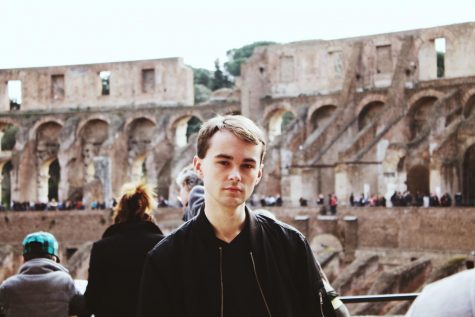
Everett Bishop is a senior at the University of New Haven and is student life editor for The Charger Bulletin. He is double majoring in communications...

